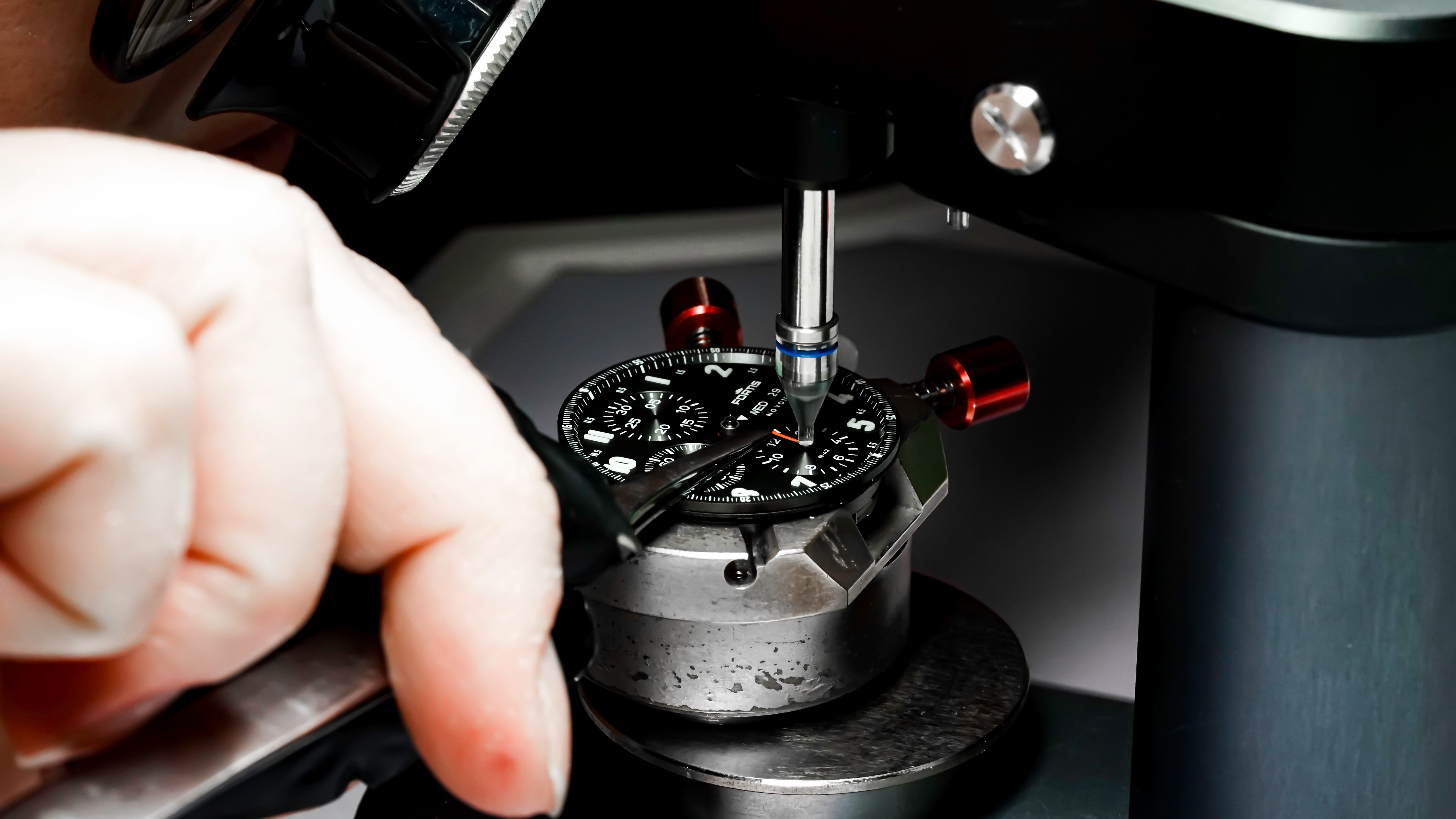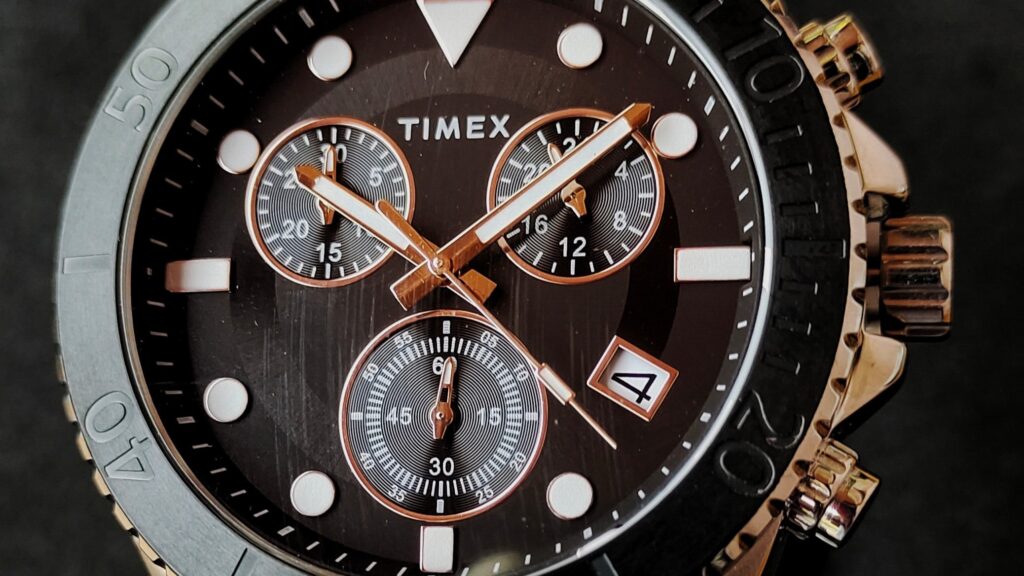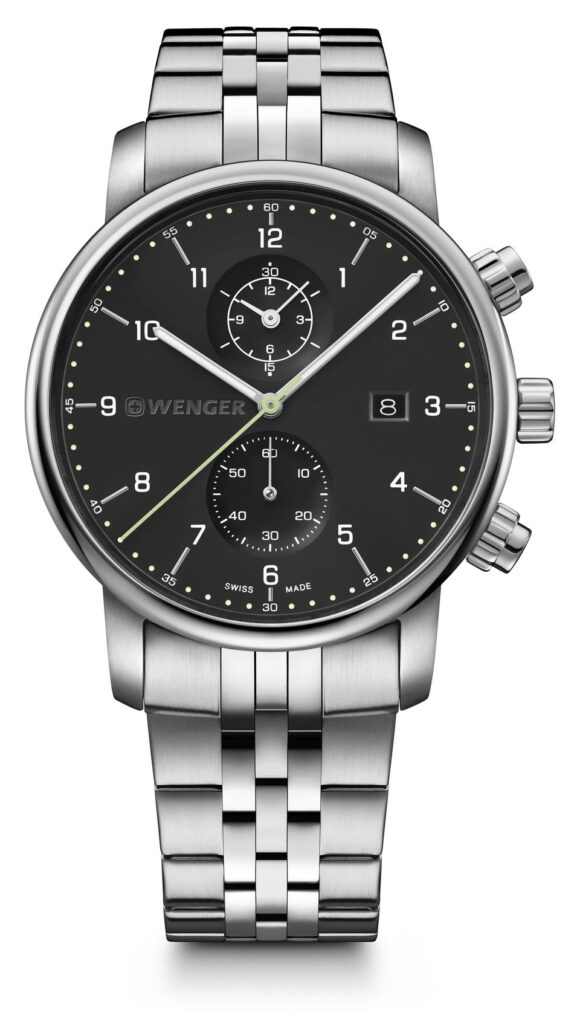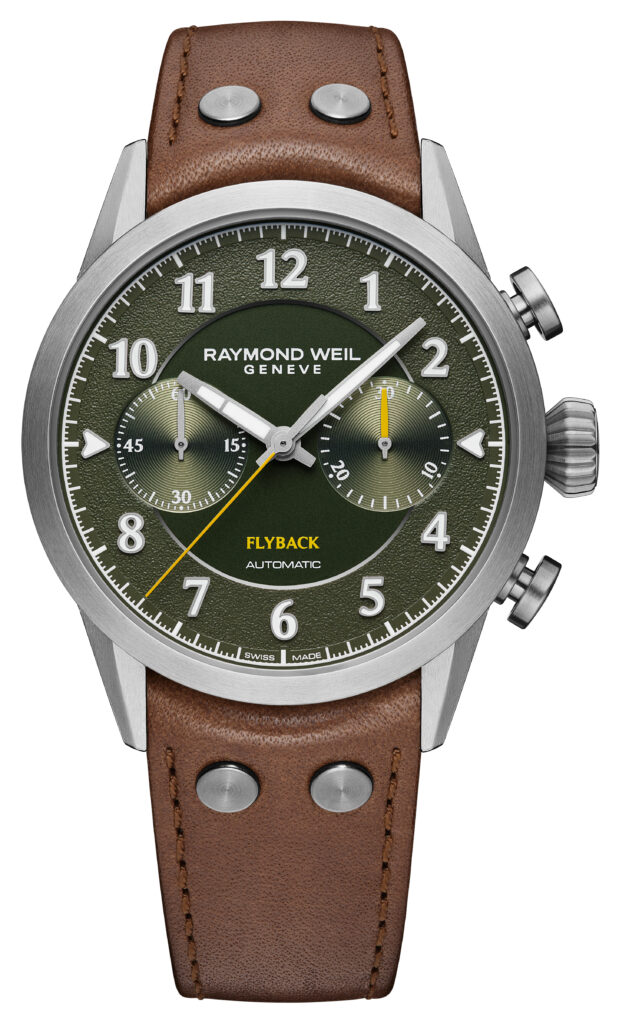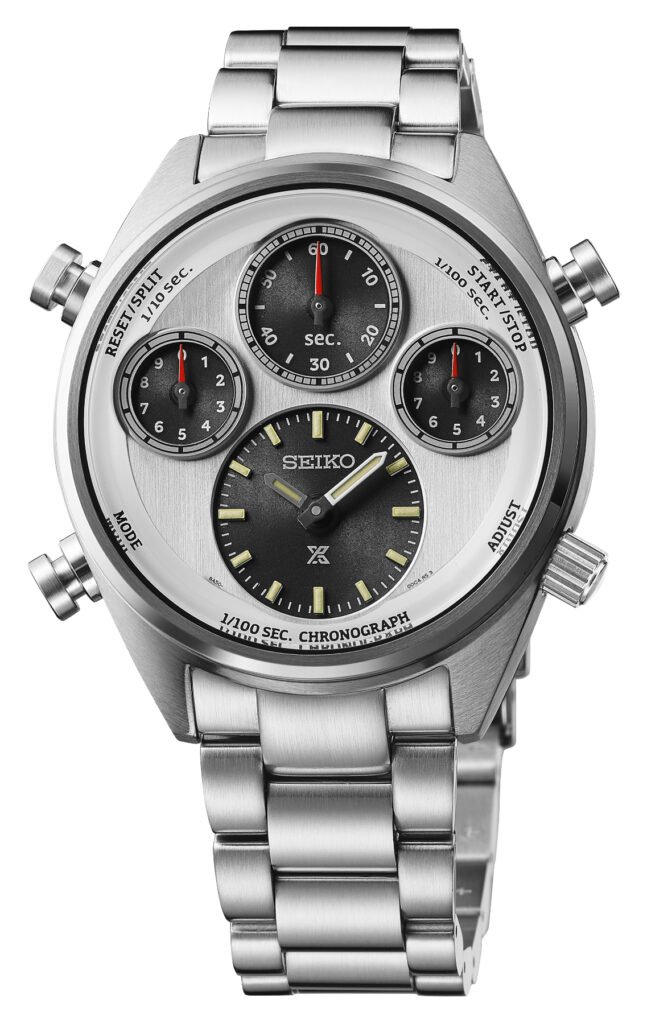Due to their classic design, chronograph watches are some of the most popular pieces on the market. They are instantly recognisable and add great functionality to a watch. Lots of people wear these models, but how many of them know what it is and how it works? We have curated this short guide ‘What is a Chronograph?’ to further your knowledge of this complication and show you our favourite models that fall under the chronograph umbrella.
A Brief History of the Chronograph
The name Chronograph is derived from the Greek words ‘Chronos’ – the personification of time – and ‘Graph’ meaning to write. The first modern chronograph was created in 1816 by French watchmaker Louis Moinet. It was solely invented for use alongside astrological equipment. This complication could measure time accurately to 1/60th of a second; this degree of precision was unheard of at this time. Even though Moinet’s watch is considered the earliest modern chronograph, the first timepiece to be publicly marketed as one was invented by Nicolas Rieussec. This was created in 1821 at the behest of King Louis XVIII so he could time his horse races.
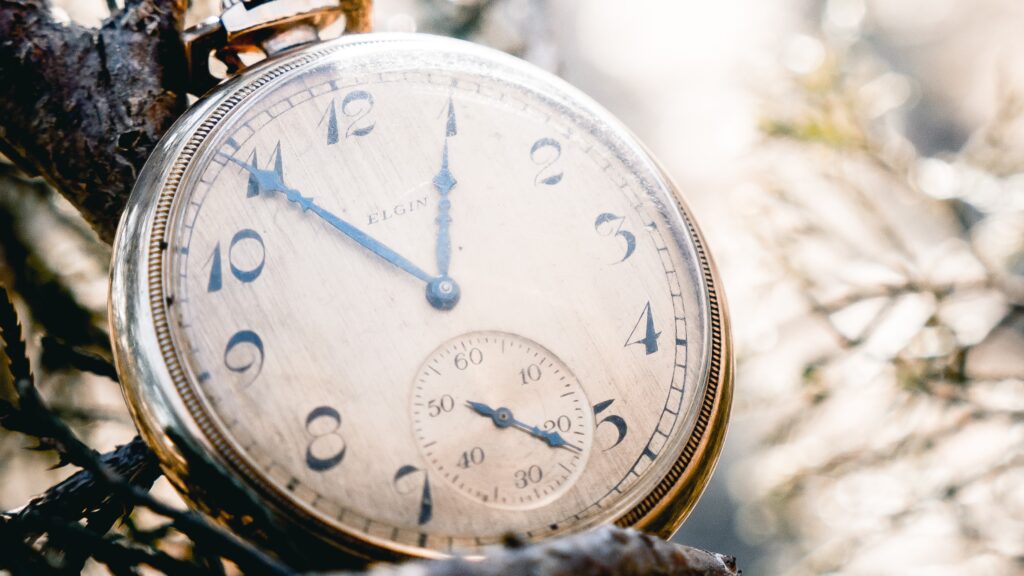
Swiss watch manufacturer Longines built one of the earliest chronograph wristwatches in 1913. It was a timepiece which doubled up as a timekeeping display watch with a stopwatch complication and was accurate to 1/5th of a second. Not long after this creation, Breitling released their version and it was the first chronograph with a separate pusher for operating the stopwatch complication.
At the start of the 20th century, a new complication known as the tachymeter was added to the chronograph; it provided a whole new level of functionality to the watch. The tachymeter is a scale marked out onto the bezel of a watch which allows the wearer to calculate speed based on travel time. This saw the chronograph become an invaluable tool within aviation, naval operations and the motorsport industry.
What is a Chronograph?
In simple terms, a chronograph is a stopwatch used to measure time periods. A basic chronograph has an independent sweep second hand and a minute sub-dial; it can be started, stopped, and returned to zero by successive pressure on the pushers. More complex versions use additional complications and can have numerous sub-dials to measure seconds, minutes, hours and even fractions of a second. In addition to this, many modern chronographs use moveable bezels as tachymeters to measure speed over an elapsed period.
How do they work?
Operating a chronograph is very simple. One push-piece starts and stops the process, whilst the other resets it back to zero. Both push-pieces are typically located on the right side of the case; one at 2 o’clock and the other at 4 o’clock.
The central second hand measures elapsed seconds and fractions of a second for the timing function. A sub-dial, more commonly known as a small-seconds dial, displays the regular seconds with a small second hand. When the stopwatch is not in use, make sure that the chronograph function has been stopped. Allowing the hands to run continuously will put unnecessary strain on the entire movement. As a result of this, the components will wear down much quicker.
Thanks to the two additional sub-dials, most watches with this function allow you to measure elapsed time for up to 12 hours. However, there are some chronographs with only two sub-dials and they can time up to 30 or 60 minutes.
The Different Types of Chronographs
While the basic idea of a chronograph is the same from watch to watch, three different types exist in watches today.
A simple or standard model is controlled by either one or two pushers that allow it to stop, start and reset. Although all early models featured only one pusher, most of today’s timepieces utilise either one or two pushers. This type of chronograph is extremely common and is the desirable choice for anyone looking to purchase this kind of watch.
The flyback chronograph is a complication inspired by pilots’ needs in the early 20th century. This model enables the rapid restarting of the timer function while the chronograph is running. When the button at 4 o’clock is pushed, the chronograph will stop, reset to zero and restart. This fast return feature is more often than not needed for split-second accuracy, hence why it is seen in so many aviation watches.
Rattrapante chronographs allow the wearer to measure intervals. They are extremely popular around race circuits due to their extra stopwatch hand that measures the intervals. When you start this model, both of the second hands will start to move, one on top of the other. With a press of the third push-piece, you can decouple the two hands. As a result, only one of the second hands will keep moving and if you press the push-piece again, the stopped hand will catch up to the one currently in motion.
Our Recommendations
Wenger Urban Classic Chrono Black Dial Watch 01.1743.122
This simple chronograph model features a black dial with 2 sub-dials. For optimal timekeeping, there is a date aperture at the 3 o’clock position. Silver baton hands contrast the dark dial and create a minimalistic image. The hands are coated in a luminecent material to provide optimal visibility in low-light conditions The dial is protected by a strong mineral glass and a reliable Swiss-made quartz movement is housed in a high-quality stainless steel case. A stainless steel bracelet secures the watch on the wrist and completes the elegant yet practical design. There are two pushers on the right-hand side of this chronograph. The one at the 2 o’clock position starts and stops the hand movement, whilst the one at 4 o’clock resets the chronograph back to zero.
This watch is part of the Urban Classic collection, which embodies Swiss-made precision and immaculate styling into every watch. It is a perfect piece for someone who wants to purchase their first chronograph due to its basic features and sleek appearance.
Raymond Weil Freelancer Men’s Pilot Flyback Chronograph (42mm) Green Dial / Brown Leather Strap 7783-TIC-05520
This limited edition model has been crafted with premium materials. The dial is a deep khaki green and it features two sub-dials at its centre. Enhancing the elegance of this timepiece, the dial features steel luminescent hands and Arabic numeral indices. However, the chronograph functions have yellow hands which emphasise that they are separate from the ‘normal’ set. The PVD-plated stainless steel case measures 42mm in diameter and the exhibition case back features a window into the inner mechanism of the watch. There is a special propeller engraving on the case back which has strong links to the aviation field. Securing the watch is a brown leather strap; it complements the khaki green dial effortlessly.
This watch is powered by an automatic mechanical movement with a flyback function. This enables the wearer to rapidly restart the timer whilst the chronograph function is still running. The fast return feature provides split-second accuracy which is beneficial for any pilot using this watch on their aviation adventures.
Seiko Prospex ‘Panda’ One Hundreth Of A Second Speedtimer Solar Chronograph SFJ001P1
This model is a rattrapante or split-second chronograph. The white dial of this particular timepiece achieves visibility and legibility due to its separate indicators for time and chronograph functions. Seiko fans have nicknamed this watch ‘panda’ style due to its monochrome colourway. Conveniently solar-powered; the watch charges from both natural and artificial light. The hammer-shaped pusher allows for easier operability of the stopwatch function. This model is powered by the in-house built solar chronograph calibre 8A50. It allows the measurement to the nearest one-hundredth of a second. This makes it a fantastic chronograph and the ideal companion to bring to the race circuit; especially if you are wanting to measure your intervals.
This practical, reliable and durable watch meets the high standards required in extreme environments for sports lovers and adventure seekers alike.
Although these chronographs have been recommended based on their functions and specific purposes, anyone can wear them. There is no set rule saying you can only wear this type of watch if you’re actually going to utilise it. In fact, most people who wear watches with a chronograph complication never use its features; they wear it because of its popularity and incomparable style.
What did you think about this ‘Watches 101’ guide? Do you feel as though you now understand what a chronograph is and how it works? Let us know in the comments!

